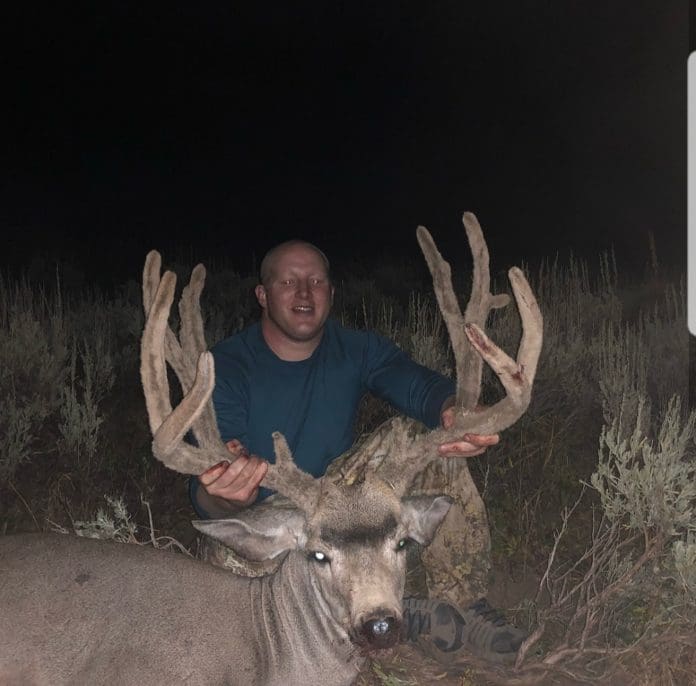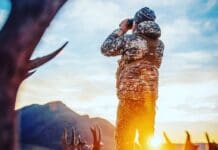Have you ever hunted an area without any luck, thinking “this place must suck?” Then you cross paths with a hunter or group of hunters who are punching multiple tags. When you talk to them, you find out they are seeing lots of legal animals whereas while you haven’t seen squat. Just what are they doing differently?
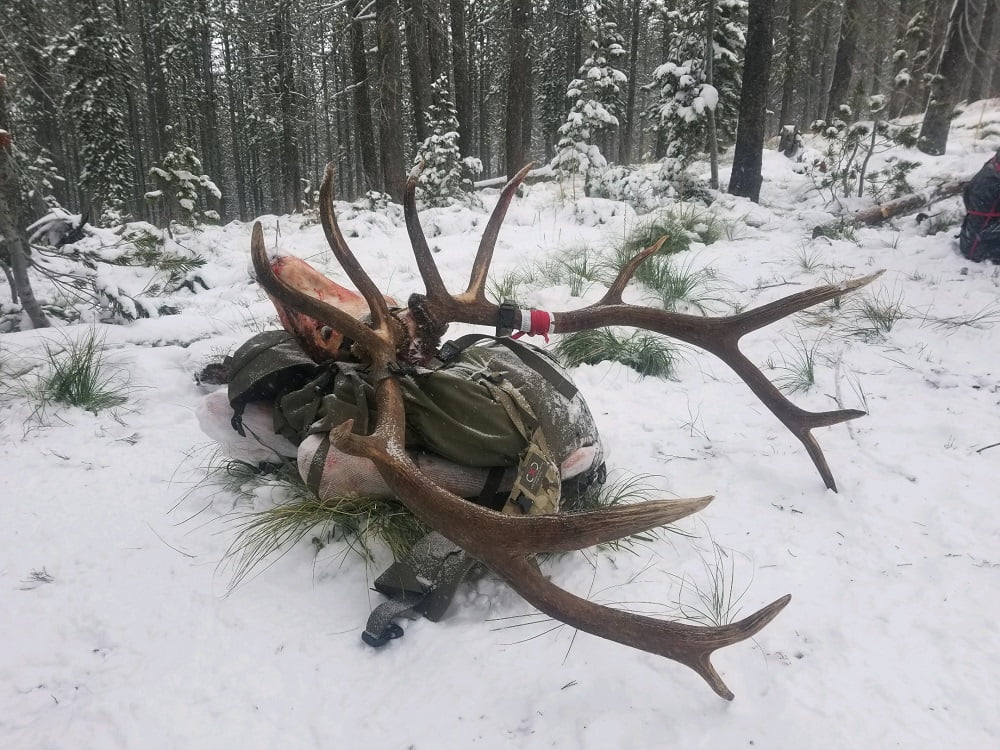
Working as a professional scout at wescout4u over the past ten years, I have had the opportunity to send many hunters from all over with many different hunting backgrounds on western hunts in many different types of habitat. I’m able to get to know these hunters over lengthy conversations. In which I can get a good feel of what their skills and capabilities are, including their physical ability. I also have direct knowledge where they are hunting as well as direct feedback on many steps of their hunt. Through all this, I have observed many tendencies, capabilities, and mindsets that lead to both successful and unsuccessful hunts.
What Is Success?
Success means different things to different people. One person might be ecstatic to shoot any legal animal, whereas another might find success in passing up 30 legal animals looking for that trophy that he might not even get. I consider success being able to put yourself in the right positions and finding the animals, the area and conditions allow you to find, and when the opportunity arises, being able to connect. Guys I have scouted for that check all the boxes are the same ones having success.
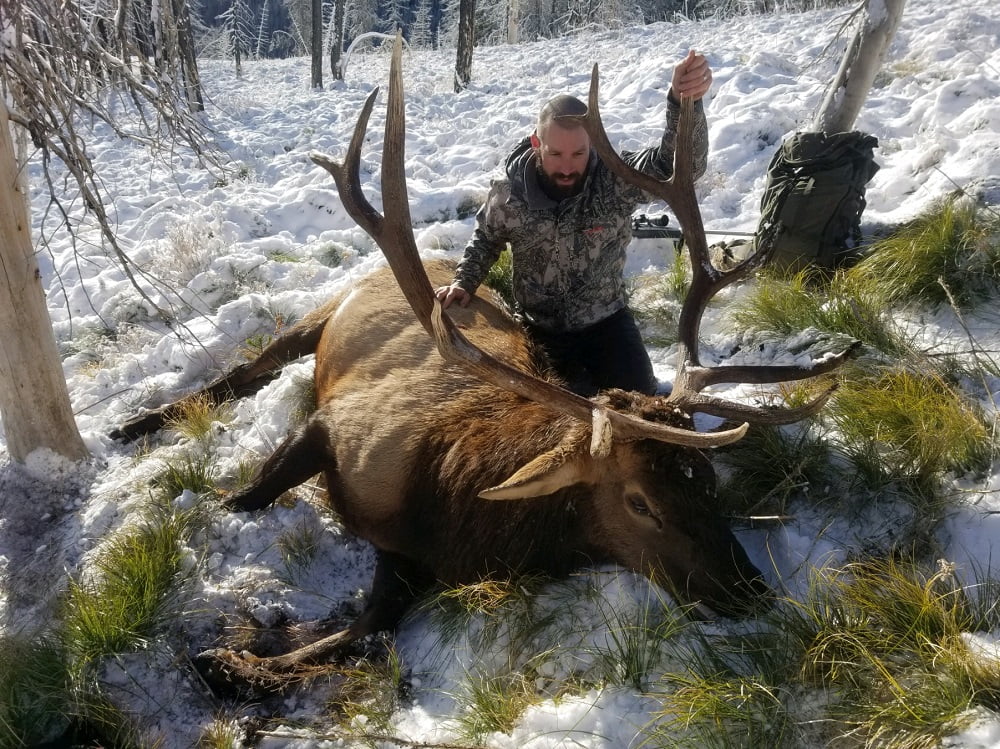
One of my clients, Ryan, is a good example of this. He is able to spike out several miles deep and spend time hunting the areas I scouted at prime time and has been able to pass up animals while having no problems filling tags. Conversely, there are some hunters that pretty much need an animal to come up and slap them in the face to fill a tag. Ever heard that saying that 10 % of the hunters kill 90% of the elk? I believe it isn’t far off.
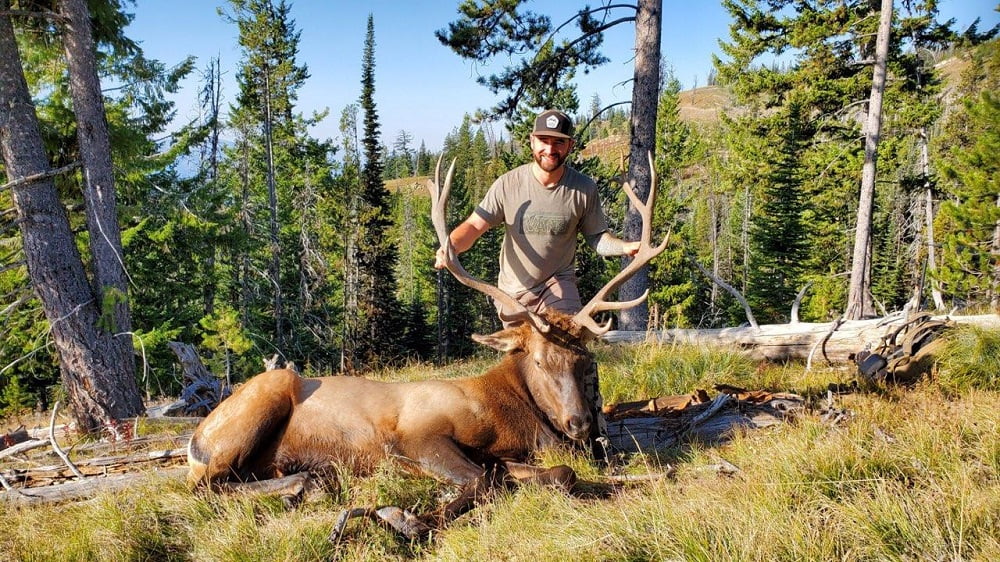
Capability
Capabilities can be many things; ultimately is what we are capable of. One thing I have learned over the years is to try to match hunters to their capabilities. I think as hunters we need to know what we are capable of before deciding on how and where we are going to hunt.
One of the most deciding factors which can doom a hunt from the start is not being in shape for the task at hand. This is the one that I need to feel out the most when talking to potential clients. I send quite a few hunters on OTC elk hunts, and the number one way to remedy pressure is to put distance or elevation between you and your competition. The more ability you have to go farther into steeper trail-less terrain for more extended periods, the better your odds of success.
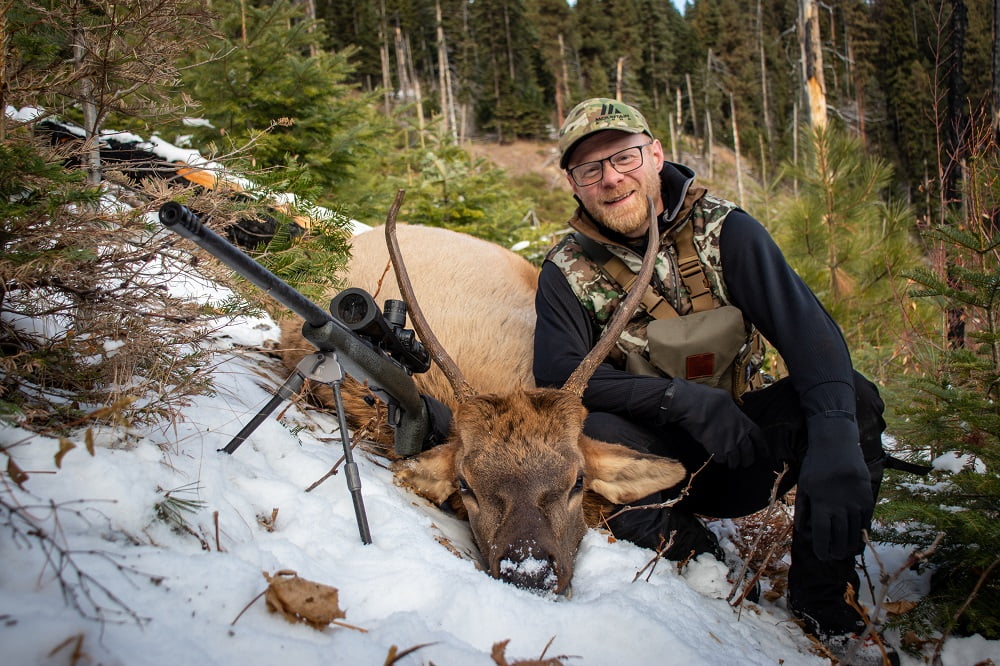
When I get guys who are truly capable of packing in four-plus miles in rough terrain, their chances of success go up dramatically. However, I get a lot of guys that are not from the Rocky Mountains. Many say they are in great shape, but they’re talking “flatland” shape. But once they get into the steep higher elevations, they are overmatched. More than once I’ve had guys who had all the lightweight gear who talked all year about packing in deep but didn’t make it twp miles in on day one. Even after I gave much more forgiving backup options they realized they were overmatched and just headed home vowing to get into better shape for next time.
I have found the guys who understand their physical capabilities and limit their hunt to that have better success than those who don’t. Even if they make it to camp, they are unable to or can’t put forth the effort required daily to find animals due to fatigue. This is because animals are often in pockets of specific habitats that might only be less than 10% of the terrain. If I’m scouting for someone who only has a two-mile radius from their vehicle, I’m going to look for areas within this radius. There is more potential, the further the radius goes out, but if you can’t get there and get an animal back out, it’s futile to even try it.
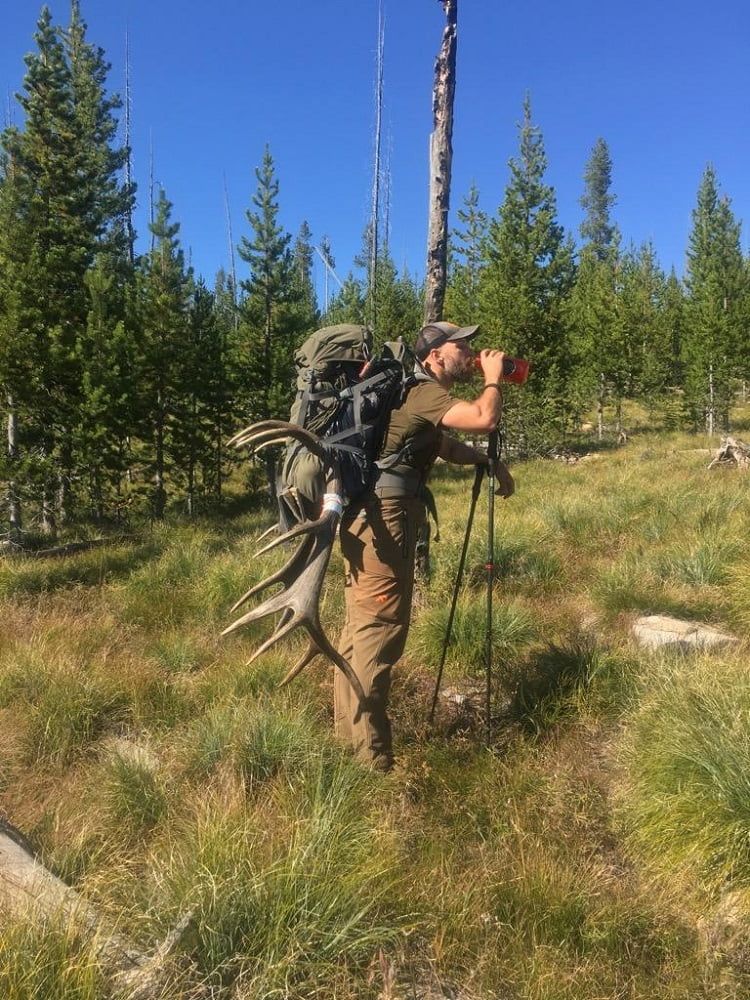
Capable Mindset
Another capability that continues right on that thought is mindset. The ability to be in those prime spots at first light and last light is paramount, but doesn’t rely just on the physical. Leaving the the truck each day hours before it gets light while being able to navigate and arrive on time to the hunting spot is as much mental as it is physical. Same goes with evening hunts when you might have to hike out miles in the dark. A lot of people have a hard time with this. If someone isn’t able to do these evening hunts, then they should have nearby places to hunt or just drive around and glass for game.
I have had texts in the morning from multiple hunters who are on the way to their spot just before light when they have a two-hour hike in front of them. No way they’re gonna be there on time! Then they turn around and hike out well before dark and wonder why they didn’t see much.
I had one hunter who said that they wouldn’t get to the top where you can glass multiple basins in which I had seen a lot of bucks until around 11:00 AM. Then they’d head back down around four each day. He patted himself on the back by saying they hunted on the way up and back. If he’d had really listened to my advice, he’d have known that country they had to hike through held few if any deer–he wasn’t really hunting anything.
I know myself that if I a not in my predetermined spot at prime time that my odds go way down. This aspect is a big percentage of the unsuccessful hunters I scout for. It also can be the ability to spike camp out and or just pack in. When I have guys that do this, their odds go up big time as they are usually in the right area at the right time.
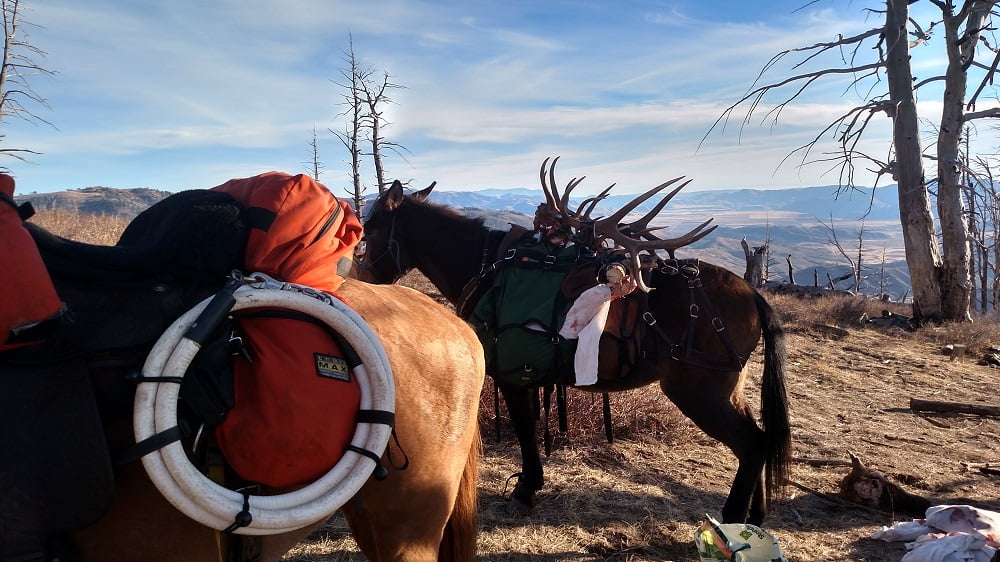
The Logistics of Access
It can be a capability to pack in with stock, which is a considerable advantage in a lot of circumstances and hard to beat for success rates provided the hunter can use them effectively. Often however, if the stock dictates the hunt by eliminating areas or having to spend too much time messing with them, it can be a hindrance. If I have hunters with stock, I will scout an area that would give them an advantage.
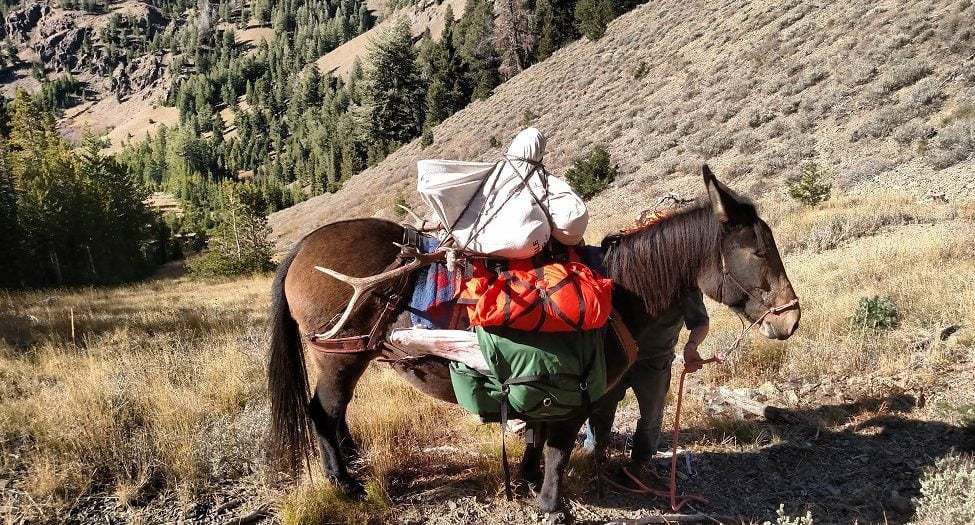
Jake is a good example . When I first scouted for Jake, he had never taken an elk. He was able to get into good country with his stock that had no actual horse trail. He made the stock cater to his spot. He and his family have since been elk-killing machines the past six years. I don’t think there is a year when they don’t have multiple bulls down.
Vehicles can be a capability as well, such as an ATV dirt bike. For instance, there is country that can be accessed by dirt bike, and from where you end up parking the dirt bike, which might be 10 miles in up a trail, and you may hike in every bit as far as a guy on foot would in a different area. But you eliminated pretty much everyone without dirtbikes (or the skill to ride them in rough terrain). In the same sense, I wouldn’t send a guy on foot to try and compete with the dirt bikes.
This aspect includes being able to travel in the snow on rough roads as it is a very big possibility that it could snow. Every year I have at least one but sometimes a handful of clients who scrap or change the hunt because of snow. Usually, it is unwarranted. Sometimes they may have needed something as simple as tire chains, or often, they have a fear of getting stuck and are overly cautious. I had two groups this past year completely alter their hunts due to a big snowstorm, and they ended up hunting a more easily accessible country that wasn’t very good. They missed an absolute phenomenal hunt as I know several people hunting the general area had no problem getting up the roads and killed it on both bucks and bulls.
Once I had a hunter that had a late elk tag. That area received the snowstorm of the decade in the mountains, causing a mass migration of elk. He was set to hunt a winter range area where these migrating elk would show up in droves, yet he chickened out! Many other hunters who had the tag did not and had their dream hunts. I know of several monster bulls killed on that particular hunt. I saw a couple of pictures with whole giant bulls loaded in the back of trucks. Snow can defiantly make a hunt, but you have to be prepared to take advantage of it.
Your optics and glassing ability fit this capability bill, as well. Some areas require excellent glassing skills and optics with the ability to pick up game at long distances. This is a major shortcoming for a lot of hunters, especially for a hunter new to western hunting. This is where the money is made, and real differences begin to pop up between hunters with the same capabilities on other levels. Glassing is definitely a skill that can easily be the difference in making or breaking your hunt. I’ve learned to take it with a grain of salt when someone says they glassed country and did not see anything .
One instance that comes to mind: I was glassing some elk from the truck with a friend after packing out our bulls we killed in the last 24 hours. A group of hunters drove up who happened to be related to my friend. They had been hunting the same country we were in for the past three days. The proceeded to tell us that this side sucks, and they had seen one cow between them in that time, and they were going over to another area with thick timber on the other side of the unit. My friend and I just looked at each other and smiled as we had seen dozens of bulls each of the last two days and were currently glassing a big herd with a big herd bull. However they went to the thick side and were successful in killing a bull in an area that better fit their skills.
Weapons
Your weapons and abilities with them play a role in success. Now I’m not telling people to go out and take longer shots at animals, I’m just telling you what I see from a success standpoint. Often due to the lay of the land, especially in country with canyons, animals are often spotted on the opposite ridge. Many of these ridges run from 300 to 600 yards to a lot more. Seldom do you find them much under the 300-yard range. The odds of crossing the canyon and stalking the animals to get a shot on their side go down by at least 50 % compared to killing them where they stand. It could be the thick timber that makes it hard to find them again or the angle of the hill makes it impossible to get a shot until your right on them, or you get busted on the way over by wind or noise. Some country is more feasible to do this and some less.
Same with short-range weapons: being able to shoot out to the 70-yard mark with a bow or 200 yards with a muzzleloader can double your shot opportunities. I get quite a few hunters who say they wouldn’t want to take a shot beyond 200 yards with a rifle or 30 yards with a bow. Mostly hunters from back East who are used to tree stand hunting. It is good that they recognize their limitations as it is far better not to take a shot than have wounded animal getaway. However, their chances for success go way down. I can not tell you many times after talking to my clients that I hear, ” I had a big bull or buck at 300-600 yards and could not get any closer to make a shot. Or I called a bull into 50 yards, but he hung up there.”
Often, I hear vows to learn to shoot further. Also, something as simple as getting your weapon ready to fire and in a position to do so as quickly as possible isn’t practiced. It is a very simple yet underrated skill, often your query is there and gone in seconds, and it may be your only chance on the hunt. I hear every year how hunters were not ready at the unexpected moment or took too long to get on the animal before the opportunity was gone. The bottom line is becoming proficient with your weapons to maximize your effective range, will up your odds of success.
Calling Game
Calls fit into this category, although I’m not going to get too much into this. A skill I’m talking about would be learning to use elk calls effectively. I’d estimate in some areas, a bowhunter who can call effectively might be 65-85% more likely to have success over a novice caller. I get a lot of guys who never really learned to call and or were misled to believe calling on public land doesn’t work. After hearing from them, it is apparent, they left many opportunities on the table and probably have no idea of how many bulls they walked by. Or a mountain whitetail hunter who can rattle effectively might see twice as many bucks as one who can not.
Adaptability and mobility
This is the ability to make changes or have the mobility to move to a new area when necessary. I frequently give alternate options if I have spots that fit the bill. Like if weather may be causing an early migration or it’s hot dry causing animals to change their habits. Elk especially can move quite a distance very quickly. I learned this early on.
On my first horse pack in hunt deep in the Selway, my cousin took me into his spot miles in, and we set up a first-rate camp. We cut all our wall tent poles and firewood by hand and packed in a bunch of feed. Once the season started, it became apparent wolves had moved the elk out of the area. I finally found elk–13 miles away! But there was no way to talk to my cousin into moving camp. At that moment, I vowed never to be locked into one place again.
The ability to be mobile enough to move quickly to a new area is huge. I do not like to put all my eggs in one basket. Sometimes I’ll get a call from a hunter during the season, telling me that he isn’t getting into animals in one place. Depending on the circumstances, I might tell him to relocate to a secondary area. I’ve had guys move to a second spot with great success. I’ve had plenty of guys, though, that just were not set up to do it or just couldn’t wrap their heads around it, and only took home unpunched tags.
Recently I sent a hunter to a great spot, but it is subject to migration, and they’re just so happened to be an early snowstorm just before the hunt. I told him to stay in the area for the first day and work a couple of other spots near his camp to see if the deer were hung up in those spots. He did so and said all he saw were tracks moving one direction. I told him where he needed to go, but it required him to pack up his camp and move to a new location. I didn’t hear from him for a couple of days. I heard a couple of reports from people I know that had moved to the general migration area I wanted him to go. They said they were having an incredible hunt seeing tons of deer and ended up shooting some really good bucks. Finally, I heard from the hunter he was back home 2000 miles away and said he decided to stay up on top the following day, and it was too cold and didn’t want to spend the time to reset up his camp, so he decided to go home instead. I have heard this type a thing several times.
Mindset
I mentioned this earlier as it pertains to being in the rights spots at the right time. But “Mindset” is also your general attitude. This is a huge contributor to success as having the wrong mindset can doom your hunt from the beginning. To be honest, this is probably my weakest link. Confidence in an area is extremely important; you have to believe that you are in or looking in the right spot in order to put forth the effort to find the animals. One huge confidence killer is hearing other hunters say some negative comment about and area. It can deject you to the point of second-guessing your decision to be in that spot. You now expect the area to fail and you ultimately psych yourself out to the point you aren’t hunting effectively.
Another thing that can do the same this is seeing to many people driving around or parked at trailheads. I had a client who noticed more vehicles than he expected, so he called me up to see if they should move. Of course, I told him to stick with the plan. He then talked to a guy hiking out of the country where I’d recommended. That guy said that everything he scouted up there was gone and he was moving out. He called me a couple more times as he had low confidence after talking to people and seeing vehicles. Again, I told him to stick to the plan. A day-and-a-half later, his group was tagged out and had even seen several nice bucks they couldn’t get. They went back this year with even better success, even with more hunting pressure than last year.
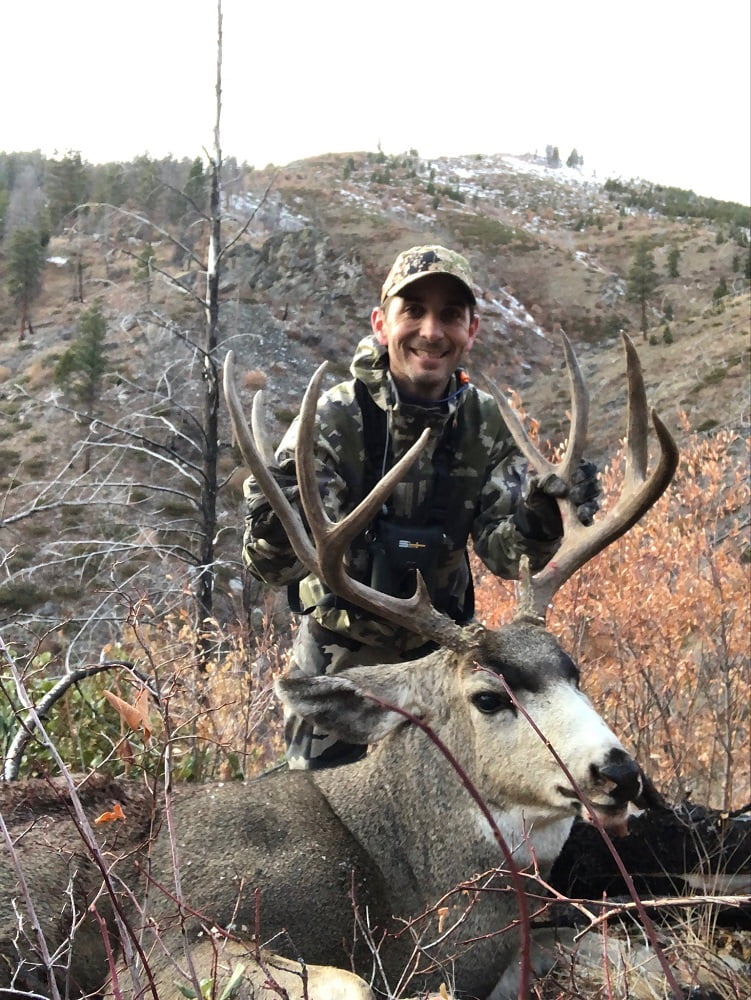
He said he was shocked that nobody was hunting where they were, and the place was loaded with deer. Everybody seemed to be sticking to the ridges. One thing that also set them apart from the masses was the ability to glass effectively, not spinning their wheels scouring the countryside bragging about how many miles they hiked.

Conversely, I had an elk hunter go to a great place I scouted and seen eight vehicles at the trailhead. He called me and was pissed. While that’s far more pressure than I anticipated, I told him to stick with the plan as there was a ton of country and a great chance nobody was going to be where I was sending him. He ultimately just decided to scrap the hunt saying something about never having to deal with this pressure where he usually hunted.
A couple of days later, I was driving through the area on the way to another area. I had a friend with me that had never experienced the elk rut before. Even though I didn’t have a tag for the area, I couldn’t help but check the spot the guy scrapped, so I decided to sacrifice a morning of hunting to head into the area. We got to the area late at night, and I noticed seven vehicles parked we hiked in and went up a fork that led to the area I’d recommended to the quitter. It was a long ridge with multiple basins on each side. I noticed the days-old snow on the ridge had no human tracks on it. We arrived at the beginning of the area I had scouted for my client, and while still dark, we started to hear bulls ripping off bugles on both sides of the ridge. We hiked a bit further to a good glassing point as it was getting light. I started picking out elk and had bulls bugling in all directions. We spotted a big herd bull in the first basin closest to the trail, and he put a show on for us. We watched him run back and forth, chasing bulls off that were sneaking in from each side. There were 13 bulls we put eyes on in that draw and heard many more. We just couldn’t help ourselves, so we snuck down on the bull to play with him. My friend was able to close the gap on him while I pissed him off with some calls. My friend was within archery range with several shot opportunities at that bull, even though he had no tag or weapon. We never did see or hear another hunter. My friend was hooked and has killed bulls in the area each of the past two years with his bow.
In a lot of country, pressure often provides an opportunity by moving animals to where hunters are not, sometimes providing an enhanced opportunity that supersedes the area without any pressure. However, with all that, you still need to know when to pull the plug and move to a secondary spot. Just make the area prove it to you, not someone’s mouth, vehicle, or presence on a trail. Psych yourself out and you might just find yourself in a limbo spot, which is about the worse place to be in.
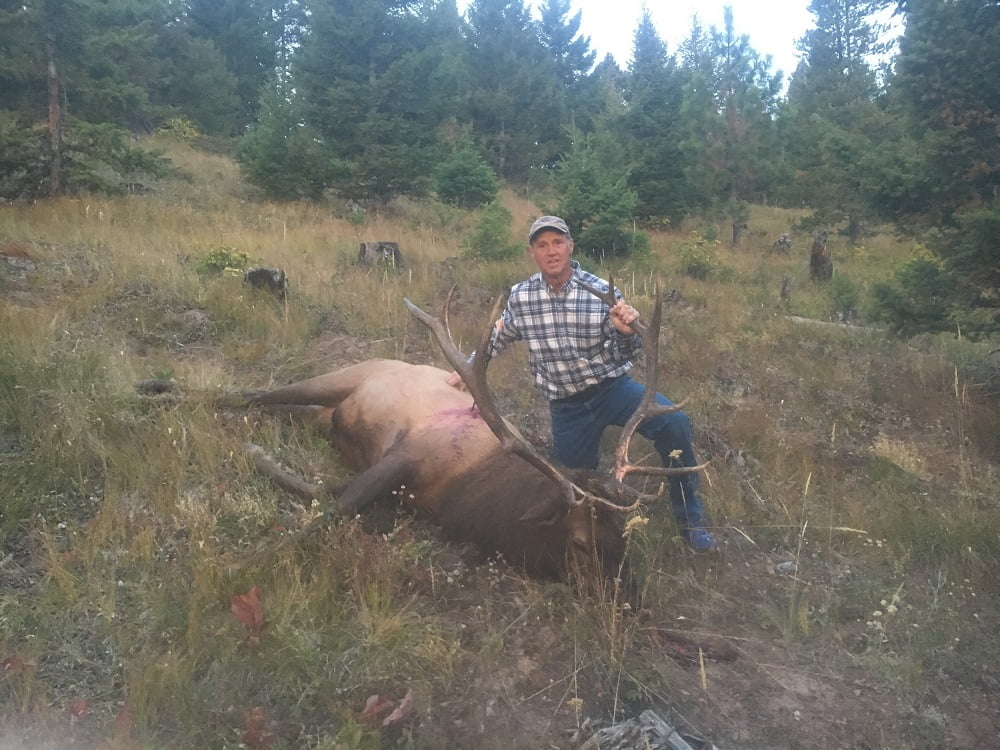
Another mindset that can play a role in hunts that I can tell quite often from guys I send out, especially solo hunters, is loneliness or missing family. This is an underrated hunt killer. Just st by talking to them on the phone I can tell there is a dark cloud looming over them and they are very easily dejected, and often their mind is somewhere else. Naturally they don’t put forth the effort required to succeed. I’m not keeping track of percentages but, when I sense this attitude from a hunter they definitely have a lower success rate.
To be honest, this can one that I am susceptible to. Not the loneliness part as I spend 70 % of the time by myself anyways, but missing family is the tough one for me. I have a beautiful wife and four sweetheart daughters, ages 2-11, who break my heart every time I leave for work as I spend more than half the year a thousand miles from home. Every time I talk to them, I get “daddy come home.” Once scouting season rolls around, I’m gone even more. I don’t have the issue until the hunting season when it is voluntary to be away. One thing I can tell you when I’m in this mindset and not my normal chipper optimistic self my odds are cut in half. Also, I have taken friends that get this, and often not only are they worthless out there; their attitude drags on any that are out with them as well.
A couple of suggestions is for hunters to plan shorter hunts. If you’re planning a 2-week hunts, remember at some point you may not see the light at the end of the tunnel. Bring a satellite phone or reliable communication device so you can talk to the loved ones.
Anther mindset is making half-hearted decisions or conversely executing decisions. Sometimes hunters are faced with multiple options, and I have found that sometimes they can be indecisive, taking too long to pick the plan for that morning or evening that they ultimately float between not fully committing to give a particular hunt what it takes to be successful. I have guys who had multiple options with one that was the best option but most difficult. They planned to go there the next day each day but for some reason or another, backed out and went to one of the other options. Ultimately they never even truly hunted the other options either, they just kind of went into the country with a look-see attitude. This is undoubtedly my biggest weakness as a hunter, not from what I was talking about above. I have an extreme dose of ADHD and am totally addicted to scouting, particularly to see new spots. I usually have many great options that I’ve scouted or know really well and have a hard time picking one, usually changing my mind several times. However, I can’t tell you how many times during hunting season I’ll be on the way to a specific spot where a big buck lives that I scouted, but last second I’ll pull the plug to check out a new spot that’s been on my mind. That’s pretty retarded, I know. This is what probably makes me good at scouting but definitely weaker at hunting. When I decide “I’m going to this spot and have to be there at this time and execute it” I’m usually successful.
I didn’t have much time this past season to hunt with limited days and a broken wrist during the heart of the season. I had to streamline most of my hunts. Between me, my daughter, and one hunt with a brother, we spent a total of six mornings and two evenings. This produced two bulls, two cows, an 80″+ pronghorn, and a big muley, not to mention a few shot opportunities that we didn’t make good on.
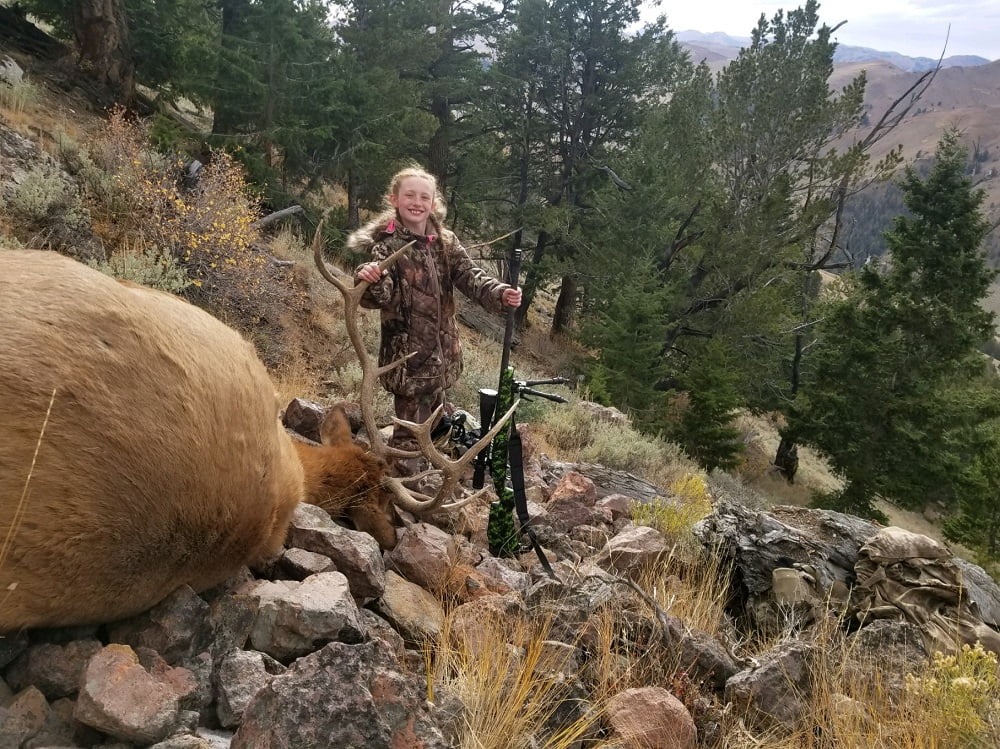
I just took my father in law on his moose hunt. Due to circumstances we had a very limited amount of time to hunt. I had the luxury of scouting the area during the summer and had scouted during the season during prior years. I had wanted to check multiple spots and enjoy the searching aspect of the hunt. However, on quite possibly our only day. I took him to the best spot I knew and made sure we were in the prime glassing spot at first light. We ended up finding quite a few bulls at first light and he decided to take the best one we saw. Due to the terrain the only shot opportunity he had was at 700 yards or he would have had to sneak up through the thick alder brush to within 25 yards to get it done.
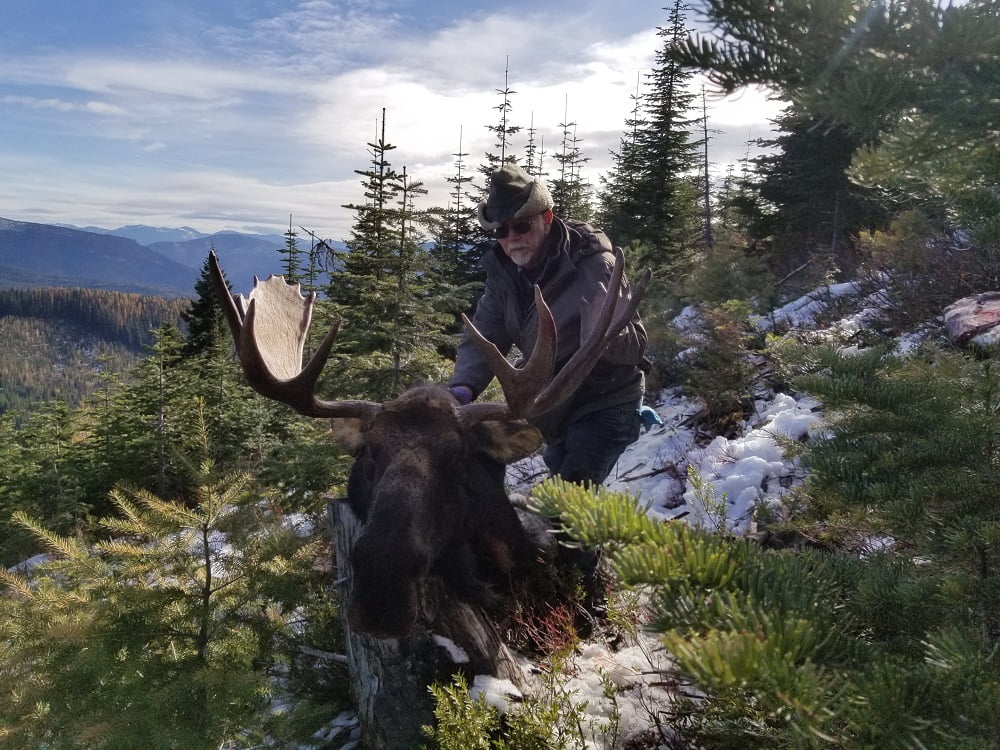
Wrapping it up
Do your homework with all the mapping/Google earth type technology out there. There is no excuse not to know where you are going. You should have an idea of what the area is like as a whole, the roads and access points, the routes you’re going to take. Occasionally I get a hunter or hunters who never took the time to go over the info I gave them. They never opened the maps, just plugged everything into a GPS but had no actual big picture of what they are getting into. They are off track from the start and more often than not, it doesn’t end in success.
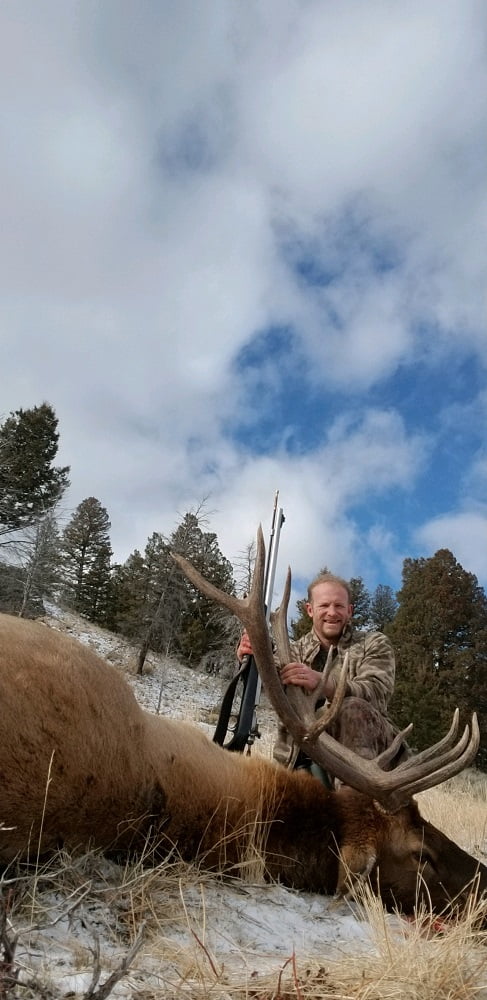
All the things that I have mentioned are contributing factors to success or failure. One thing I did not include is preseason scouting which is undoubtedly one of the biggest contributors to success. It is easy to spend a whole season not even hunting in areas that hold game which could make any effort futile. Hunting season is a year-round event. The effort or lack of effort you put in during the so-called offseason contributes directly to your success during the season. During this time, you should enhance your physical capabilities, maximize your weapon potential, sharpen your skills–whether it be glassing or calling–obtain the gear that will help you spend prime time in the prime areas. Pick a hunt that fits your style and that you know you can handle. Then formulate a plan of attack and execute that plan. Be willing to be mobile and adapt to changing conditions and pressure. Enter the hunt with an alpha attitude and know you got this.
You can comment on this article or ask Jim questions here.
Click WeScout4U to learn more about scouting packages offered.














